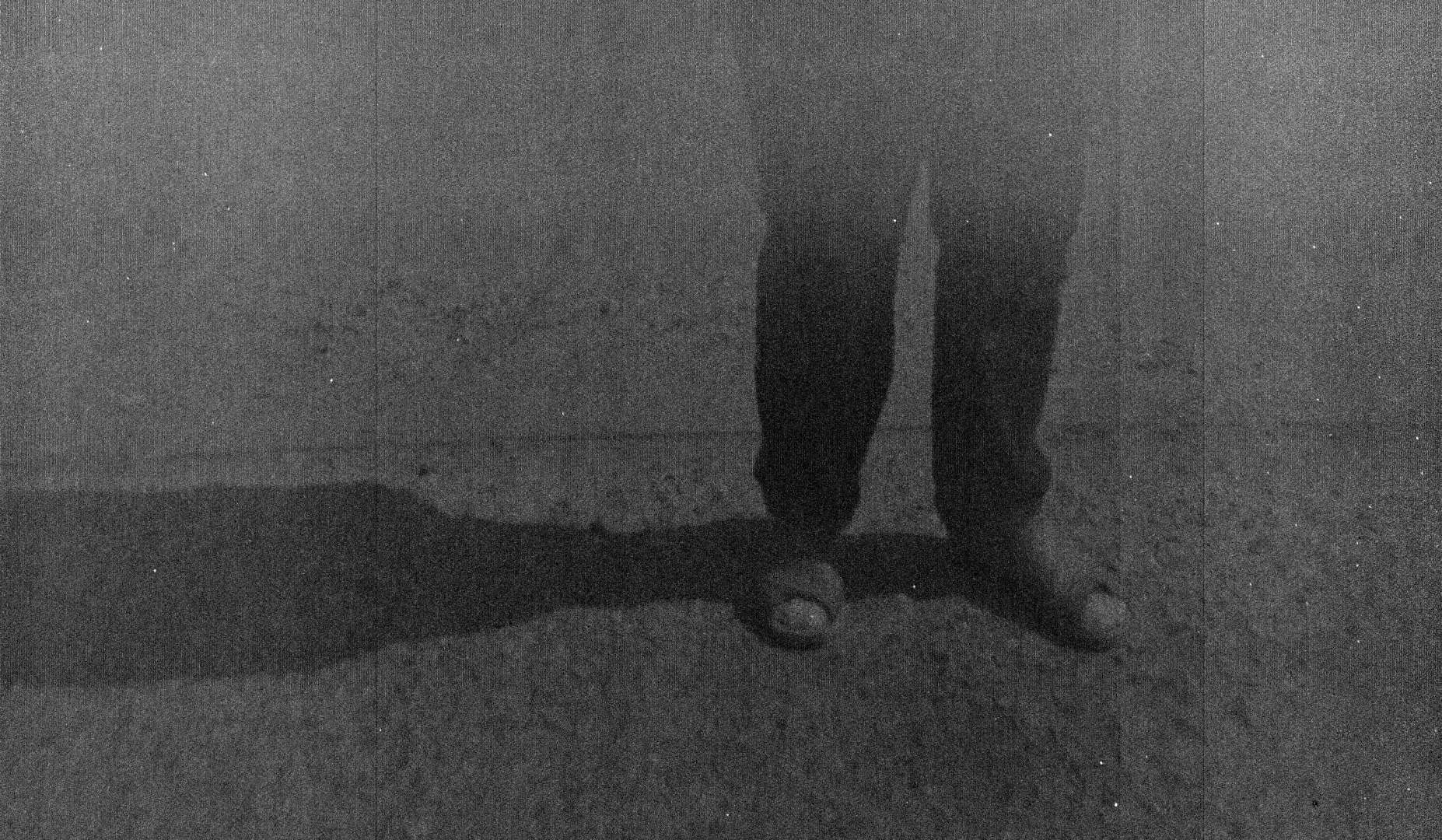Prologue:
Johannes Luik opens an exhibition that deals with the memory of a space in Hobusepea gallery. The exhibition is divided into three acts. Each fragment narrates a tale about space in remembrance.
The spaces are empty.
The characters have left.
The space is remembered.
Act One: Entering the Space
(Character 1) watched as the arch above him moved over his head. The space he was in was one of several. His days were filled with experiencing different spaces. As he was thinking of all the spaces in existence, he felt their infinitude. He had only experienced a fraction of them. He knew there were many more. He had an individual relationship with all the spaces he was experiencing daily. He took care of them.
Act Two: The Process
(Character 2) feels how the whole weight of his body drops from one leg to the other. He is walking. His head and its weight swing from one side to the other. He moves along endless corridors that twist and turn. He doesn’t remember when he got here or how long he’s been there. He only knows this space. He stops. He goes around the corner and keeps moving in a space resembling a narrow intestine, which, when spread out, seems unfathomably large.
Act Three: Apocalypse
(Character 3) stops after being on the road all day. He has reached the end. The space has a small window from which he sees the spaces outside. Spaces where he came from and where he would like to return. A momentary stasis. The end. Is this it? He wonders. Out of all the possibilities the future held, he arrived here. Either go forth or go back.
Character 1 is inspired by the protagonist of Susanna Clarke’s Piranesi.
Character 2 is inspired by the Minotaur, a creature imprisoned in a labyrinth in Greek mythology.
Character 3 is inspired by the protagonist of Jorge Luis Borges’ short story The Garden of Forking Paths.
Johannes Luik (1988) was born in Tartu. In 2019, he obtained a bachelor’s degree from the department of installation and sculpture at the Estonian Academy of Arts. In 2021, he graduated from the LUCA School of Arts with a master’s degree. In the following year, Luik defended his master’s degree in contemporary art at the Estonian Academy of Arts. As a sculptor and installation artist, Luik is interested in materiality (of objects) and the parameters that describe the properties of the physical world, such as material, texture, mass, volume, and dimensionality. He is interested in the relationship between (abstract) objects and three-dimensional architectural space, but also in the functional relationship of architectural details to these objects. Luik says: “This kind of intervention points to the potential of a space to look different or be used differently. For the installation artist, the space thus becomes a material, and by activating it, it is possible to create different ways of experiencing and remembering.” In 2018 and 2019, he won the Young Sculptor Award, and in 2020, he was awarded the Adamson Eric Scholarship. In 2023, Luik received the Cultural Endowment of Estonia annual prize for visual and applied arts.
The exhibition is supported by Cultural Endowment of Estonia, Estonian Academy of Arts, and Contemporary Art Museum of Estonia.
Exhibitions in Hobusepea gallery are supported by the Cultural Endowment of Estonia, the Estonian Ministry of Culture, and Liviko AS.




